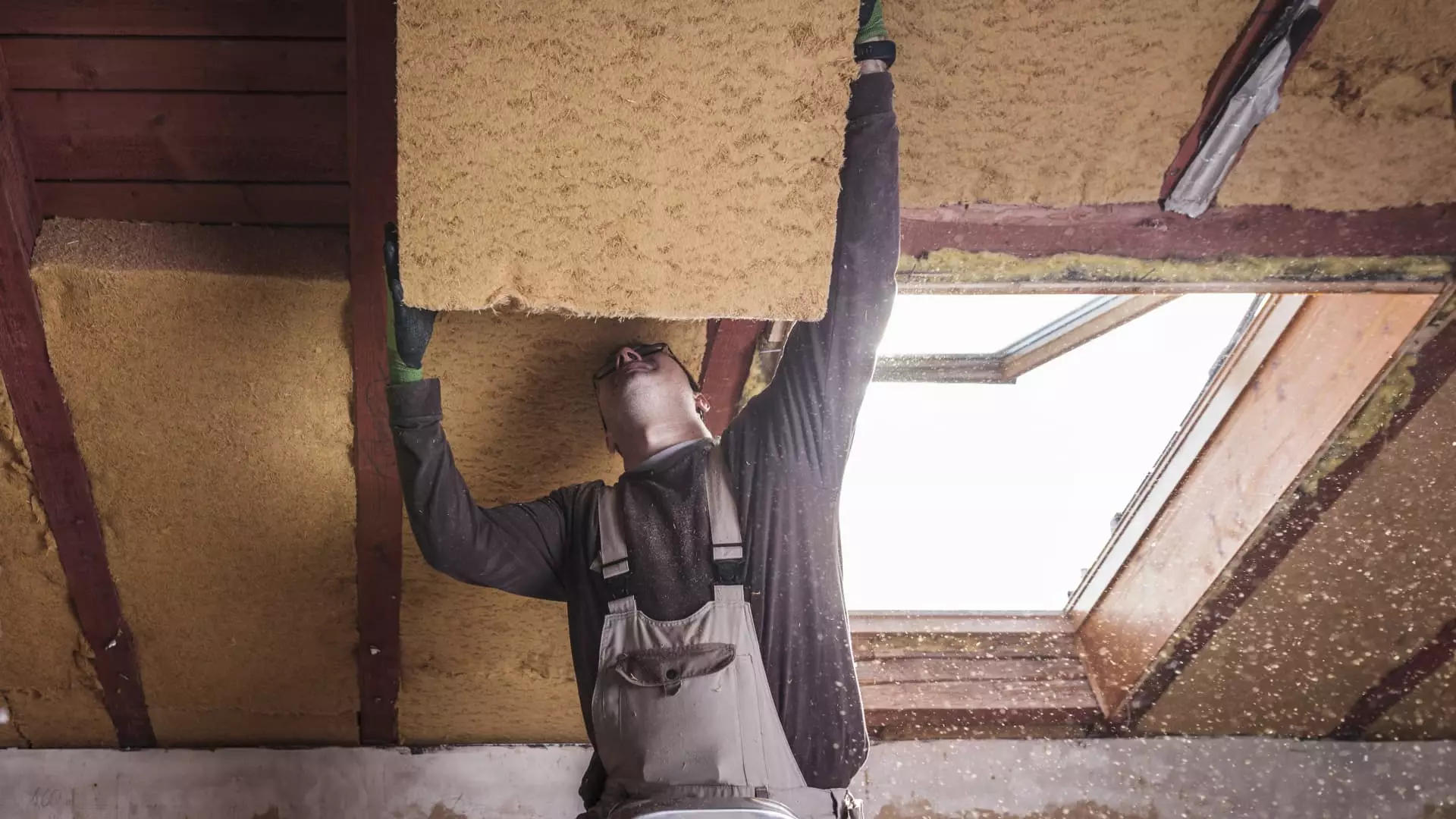The landscape of home energy efficiency initiatives has taken a hit with the freezing of federal funds that are essential for supporting rebate programs designed for consumers. While the Inflation Reduction Act of 2022 aimed to provide significant financial support aimed at aiding homeowners to upgrade their properties for enhanced energy efficiency, the ramifications of a policy freeze trace back to decisions made during the Trump administration. This has created a myriad of challenges for several states that were poised to roll out these programs, leaving many consumers in a lurch.
Under the Inflation Reduction Act, which allocated $8.8 billion for home energy rebates, consumers could benefit from rebates for both home efficiency upgrades and electrification. These rebates could cover as much as $8,000 for energy efficiency improvements and $14,000 for appliance upgrades. The intended goal of these programs was to lessen the financial burden on consumers while simultaneously addressing a pressing global need for reduction in carbon emissions. By incentivizing green energy solutions, the legislation aimed to shift the focus toward sustainable living, ultimately benefitting both the economy and the environment.
The freeze on federal funding, implemented by an executive order from the Trump administration, was officially put in place on January 27, 2023. This freeze halted the disbursement of funds earmarked for various programs that were viewed as conflicting with the former president’s agenda, particularly those aimed at enhancing green initiatives. While the impact of this decision is apparent, it is crucial to understand that the situation is complicated further by a tangled web of legal disputes and ongoing litigation. Following the initial freeze, a federal judge’s order kept the funding blocked, leaving states unsure about the future of their rebate initiatives.
Reports have surfaced indicating that certain federal agencies continued to withhold funds, even before any court rulings had fully resolved the conflict surrounding the freeze. As state officials grapple with the resulting confusion, many states like Arizona, Colorado, Georgia, and Rhode Island have pressed pause on their rebate programs. For instance, a spokesperson for Colorado’s Energy Office expressed frustration for local consumers who now find themselves unable to access potential savings during winter—a crucial period for home energy expenses.
Despite the overarching federal constraints, the response from various states has not been uniform. States like Arizona have officially halted their rebate programs while waiting for clarity on when federal funds might become available again. Georgia recently initiated a pilot program but has delayed full rollout plans until further communication is received from the Department of Energy. This uncertainty has crept into Rhode Island as well, where new applications have been paused, leaving both officials and consumers scratching their heads about the next steps.
Conversely, Maine appears to be bucking the trend by proceeding with its rebate program despite the chaos. Statements from locals suggest optimism as Maine officials continue to accept applications, thereby allowing citizens to benefit from energy-efficient upgrades in the interim. The mixed responses across states underscore that while the federal government has set the tone, individual state reactions can significantly vary based on their local policies and circumstances.
Legal actions are currently unfolding as 22 Democratic attorneys general have mounted a challenge against the Trump administration’s funding freeze. They argue that the freeze is unlawful and advocate for immediate release of the funds intended for energy efficiency. The White House maintains that the conflict is necessary to ensure public spending aligns with the previous administration’s agenda, complicating matters even further for states reliant on federal resources.
David Terry, president of the National Association of State Energy Officials, remains cautiously optimistic. He believes that the funding will eventually be made accessible to states, but the timeline is still unclear. The financial lifeline these programs represent is crucial not only for individual households aiming to lower their energy costs but also for combatively addressing climate change.
As discussions continue and states navigate the ambiguity caused by federal funding freezes, the need for sustainable, energy-efficient solutions remains paramount. If the momentum for these rebate programs can be regained, the potential benefits could extend far beyond individual households and touch on broader environmental concerns. Ultimately, the resolution of this funding dispute will shape the future of energy policy in the United States, determining whether states can effectively accelerate toward a more sustainable future or remain stunted by bureaucratic obstacles.

